DAF PACCAR Davie Runtime v5.6.1 Davie XDc II 2019: Essential Diagnostic Tool for Commercial Vehicles
DAF PACCAR Davie Runtime v5.6.1 and Davie XDc II 2019 are advanced diagnostic tools designed for commercial vehicles. They enhance vehicle management and maintenance by providing accurate diagnostic capabilities. The software offers features such as troubleshooting, programming, and integration with vehicle control units. Users can benefit from its comprehensive diagnostics, ensuring optimal performance and reliability for their fleets.
Table of Contents
ToggleOverview of DAF PACCAR Davie Runtime v5.6.1 and Davie XDc II 2019
The DAF PACCAR Davie Runtime v5.6.1 and Davie XDc II 2019 represents a significant advancement in vehicle diagnostic technology. Designed for commercial vehicles, this software enhances fleet maintenance and operational efficiency through cutting-edge diagnostic capabilities.
Key Features of the Software
- Comprehensive diagnostics for all vehicle systems including engine, transmission, and brakes.
- User-friendly interface that simplifies navigation for both experienced technicians and newcomers.
- Regular updates to the software, ensuring access to the latest features and improved performance.
- Integration capabilities with fleet management systems, providing a holistic view of vehicle health.
System Requirements and Compatibility
This version is optimized for Windows operating systems, requiring adequate hardware for smooth operation. Minimum specifications include:
- Processor: Recommended dual-core or higher.
- RAM: Minimum of 4GB, ideally 8GB or more for optimal performance.
- Hard Drive: Sufficient space to accommodate software installation and updates.
- Internet Connection: Required for software updates and accessing online resources.
Using DAF PACCAR Davie for Diagnostics
This section delves into the powerful diagnostic capabilities provided by DAF PACCAR Davie software, offering mechanics and fleet managers essential tools for troubleshooting and programming vehicles effectively.
Diagnostic Software Capabilities
The DAF PACCAR Davie software is equipped with advanced diagnostic features that enable comprehensive vehicle assessments. Key capabilities include:
- Real-time data monitoring
- Error code reading and deletion
- System functionality tests
These tools assist in identifying issues swiftly, reducing downtime and enhancing overall vehicle performance.
Troubleshoot and Program Vehicles
Using DAF PACCAR Davie, mechanics can troubleshoot issues efficiently. The software allows for:
- Detailed fault analysis
- Framework for custom programming
- Guided troubleshooting procedures
These features empower technicians to not only repair but also optimize vehicle settings, ensuring they operate at their best.
OBD Mode and EOL Mode
DAF PACCAR Davie includes specific diagnostic modes for enhanced functionality:
- OBD Mode: This mode allows access to On-Board Diagnostics, enabling quick retrieval of error codes and real-time data related to emissions and vehicle performance.
- EOL Mode: The End-of-Line mode supports final inspections during vehicle production, allowing for the validation of functionalities and ensuring vehicles meet quality standards before delivery.
Both modes are vital for maintaining compliance and performance standards within fleet operations.
Integrating with Your Vehicle
Integrating DAF PACCAR Davie Runtime with vehicles enables seamless communication and advanced diagnostics. This process involves connecting to control units, utilizing the VCI interface, and effective data management.
Connecting to Control Units
Establishing a connection to the vehicle’s control units is essential for effective diagnostics and troubleshooting. This allows the software to retrieve real-time data and perform accurate evaluations. The connection typically uses a diagnostic connector, which interfaces with various electronic control units (ECUs).
Using the VCI Interface
The Vehicle Communication Interface (VCI) serves as a bridge between the diagnostic software and the vehicle’s systems. It facilitates data transfer and ensures that commands sent to the vehicle are executed appropriately. Additionally, the VCI is responsible for powering the diagnostic tool and maintaining communication during the diagnostic process.
Data Integration and Management
Effective data integration enables users to manage information from multiple vehicles effortlessly. The software helps in compiling diagnostic data, maintenance records, and performance metrics. This organized data management supports fleet operators in making informed decisions. Key aspects include:
- Centralized access to vehicle history
- Real-time monitoring of critical vehicle parameters
- Enhanced reporting capabilities for maintenance activities
Advanced Diagnostic Functions
Advanced diagnostic functions offer enhanced capabilities for thorough assessments and timely interventions. These features streamline the diagnostic process, ensuring efficient vehicle management and maintenance.
Guided Diagnosis Features
Guided diagnosis aims to simplify the troubleshooting process by providing step-by-step instructions. This feature helps technicians systematically evaluate vehicle issues, minimizing confusion and reducing the time spent on diagnostics. Key elements include:
- Interactive troubleshooting paths
- Real-time guidance based on vehicle data
- Recommendations for common repairs
Mode Allows Immediate Testing
This specific mode within the diagnostic suite enables immediate testing of key vehicle systems. It supports rapid assessments without needing extensive setups, allowing technicians to:
- Quickly validate system functionality
- Identify faults in real-time
- Conduct checks on multiple components simultaneously
Direct Testing and Control
Direct testing functions enable technicians to engage with the vehicle’s systems directly. This feature enhances diagnostic accuracy, allowing for:
- Manual activation of components
- Live data monitoring during tests
- Immediate adjustments based on findings
Supporting Fleet Management
Effective fleet management is crucial for optimizing vehicle performance and ensuring operational efficiency. The software provides tools that empower fleet operators to manage their vehicles seamlessly.
Integrating with Fleet Systems
The integration capabilities allow DAF PACCAR Davie Runtime to work in harmony with existing fleet management systems. This enhances data accuracy and enables real-time monitoring. Key benefits include:
- Streamlined data sharing between systems.
- Improved decision-making through comprehensive analytics.
- Centralized management of vehicle performance metrics.
Service Level and Maintenance Management
Proactive maintenance is essential in minimizing downtime. The software assists in scheduling service visits and tracking maintenance history, ensuring that vehicles are serviced on time. Key features include:
- Automated service reminders based on usage and mileage.
- Access to detailed maintenance logs for each vehicle.
- Performance analysis to predict future maintenance needs.
Programming and Service Flexibility
The programming capabilities support versatile service approaches. Technicians can customize settings to suit specific operational requirements and vehicle configurations. This flexibility allows:
- Adaptation of vehicles for various transport needs.
- Efficient diagnostics and repairs, reducing service times.
- Enhanced vehicle adaptation to evolving regulations and standards.
This section addresses the legal disclaimers and trademark information associated with the DAF PACCAR Davie Runtime v5.6.1 and Davie XDc II 2019 software. It is vital for users to understand their rights and obligations while utilizing these tools.
Frequently Asked Questions
This section addresses common queries users may have about the software and its functionalities. It strives to provide clarity on prevalent issues and features.
- How to install the software and get started.
- How to connect to different vehicle control units.
- Troubleshooting tips for common diagnostic problems.






 CLAAS
CLAAS CNH
CNH





 HITACHI
HITACHI



 JPRO
JPRO KUBOTA
KUBOTA MAGIC TUNER
MAGIC TUNER
 MANITOU
MANITOU
 NEXIQ
NEXIQ NONSELF
NONSELF PACCAR
PACCAR


 PSI POWERLINK
PSI POWERLINK







 ZF TESTMAN
ZF TESTMAN

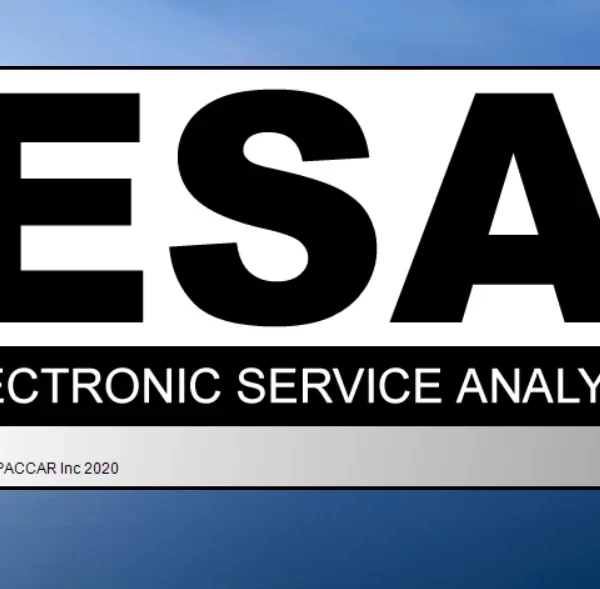


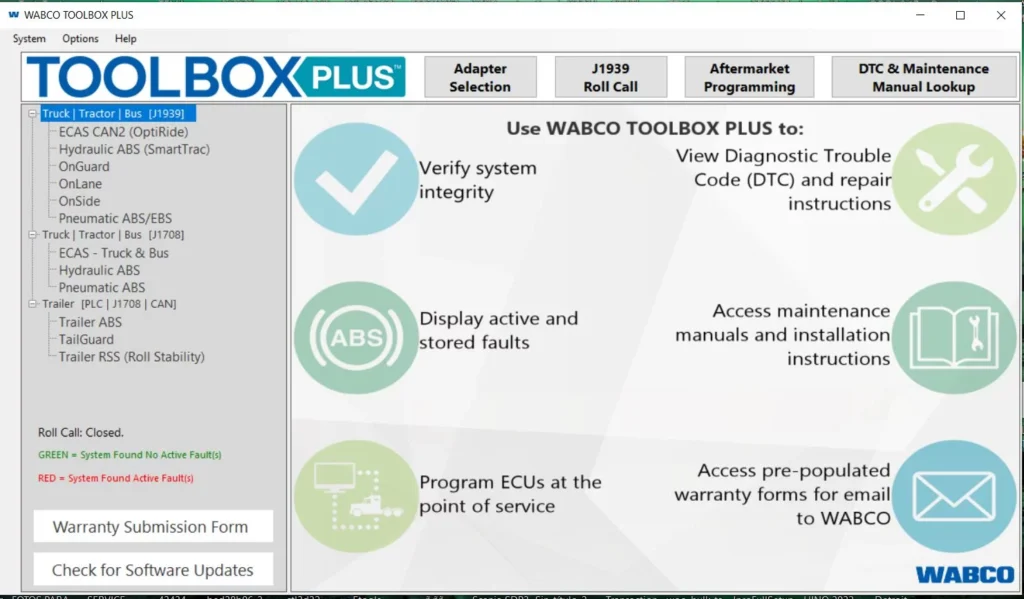

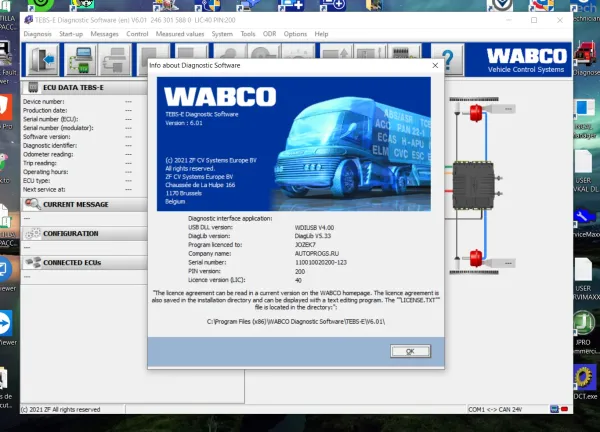
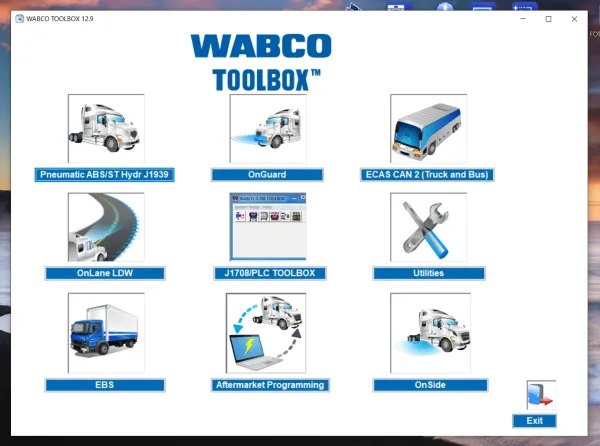

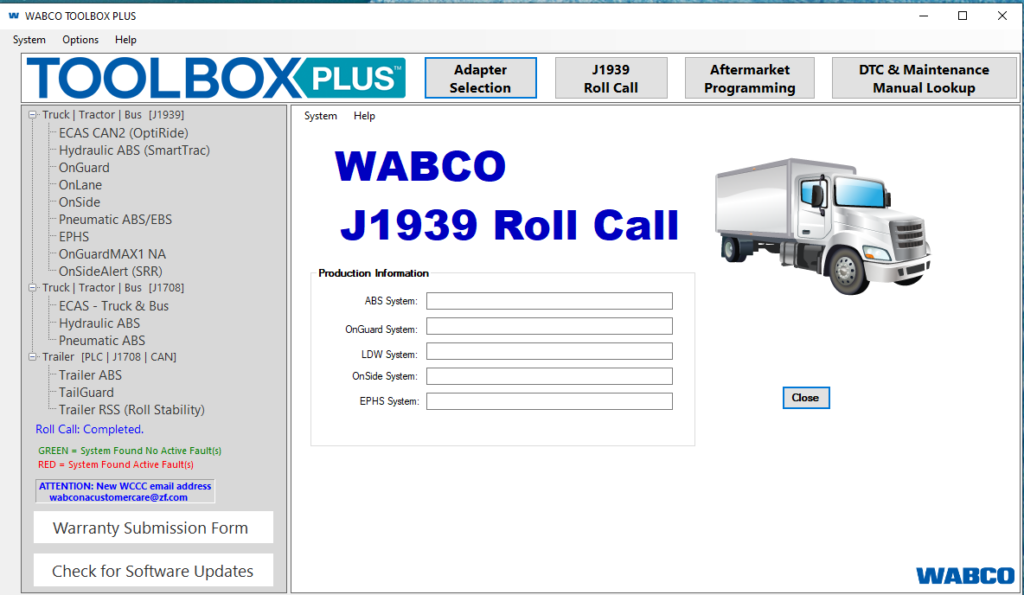
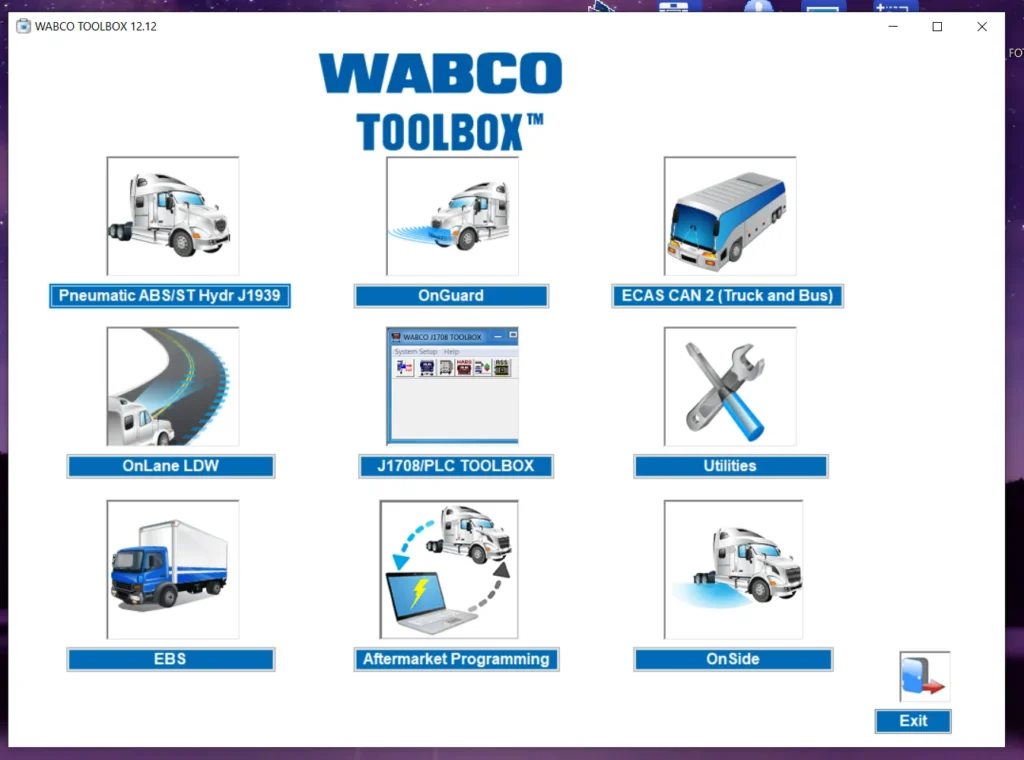

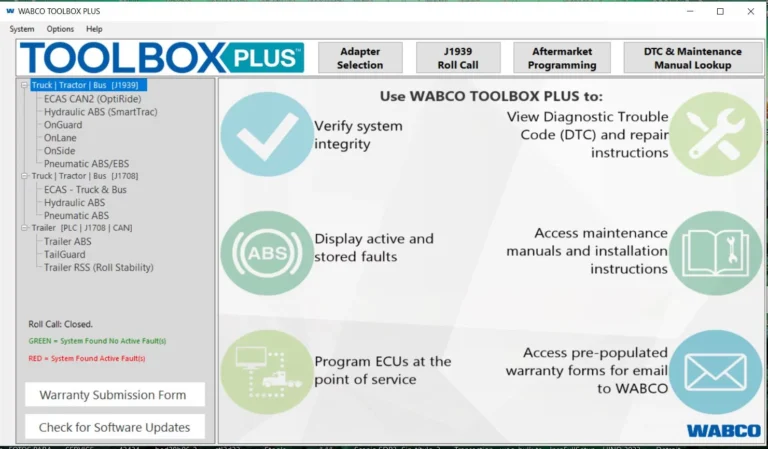
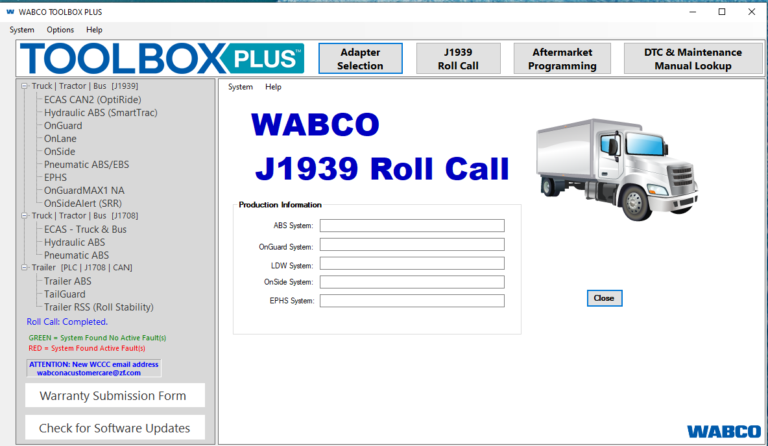
Reviews
Clear filtersThere are no reviews yet.